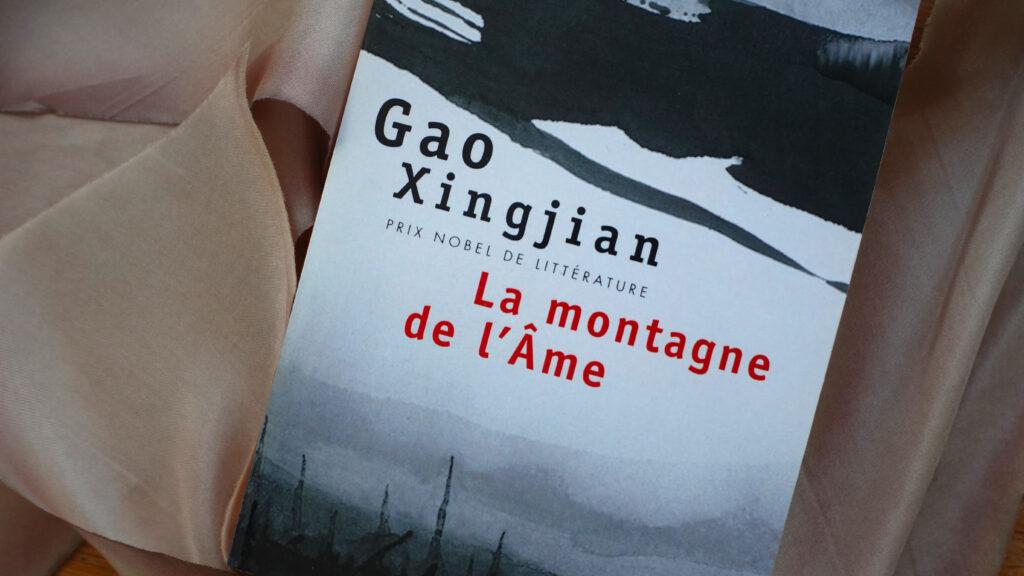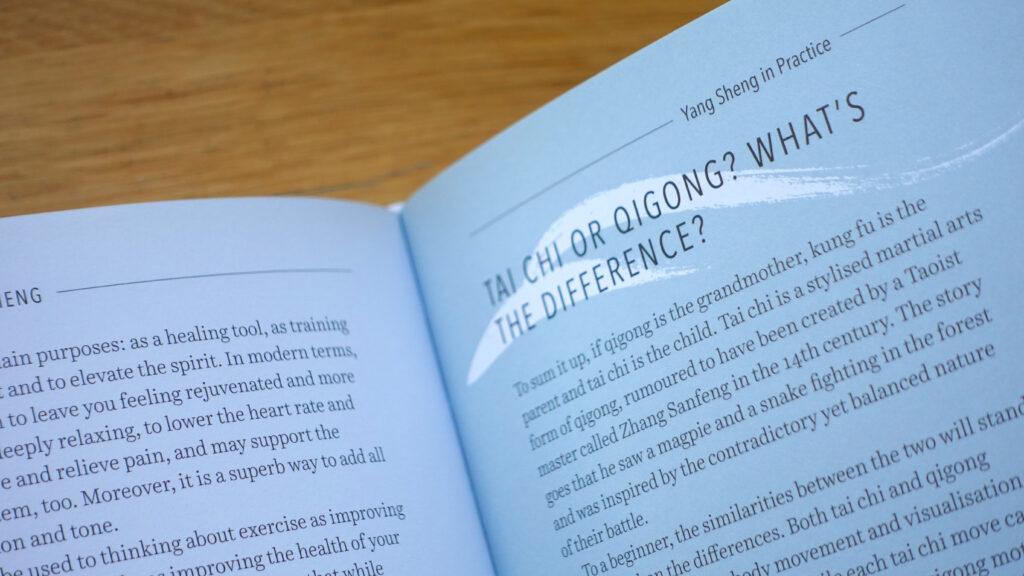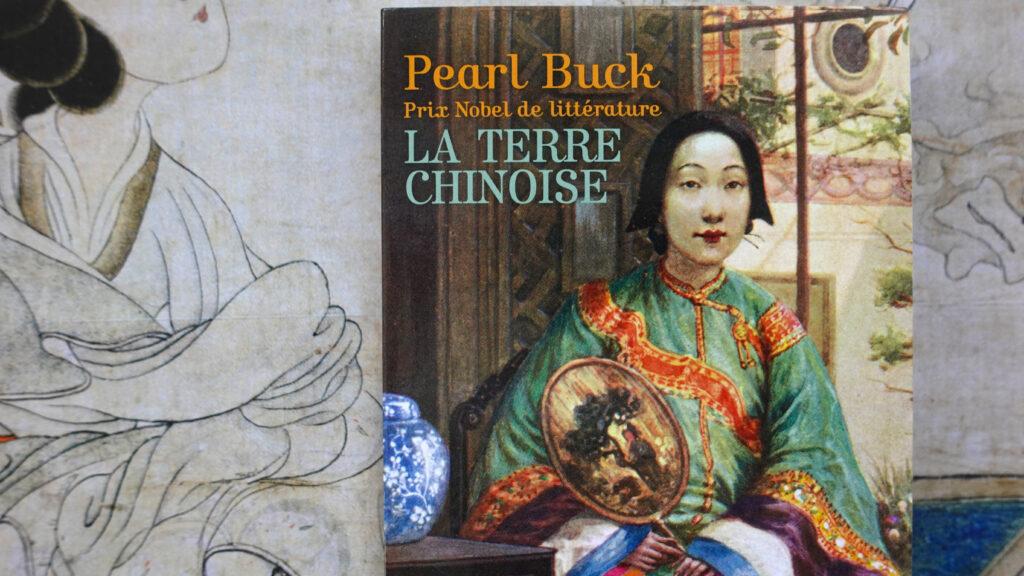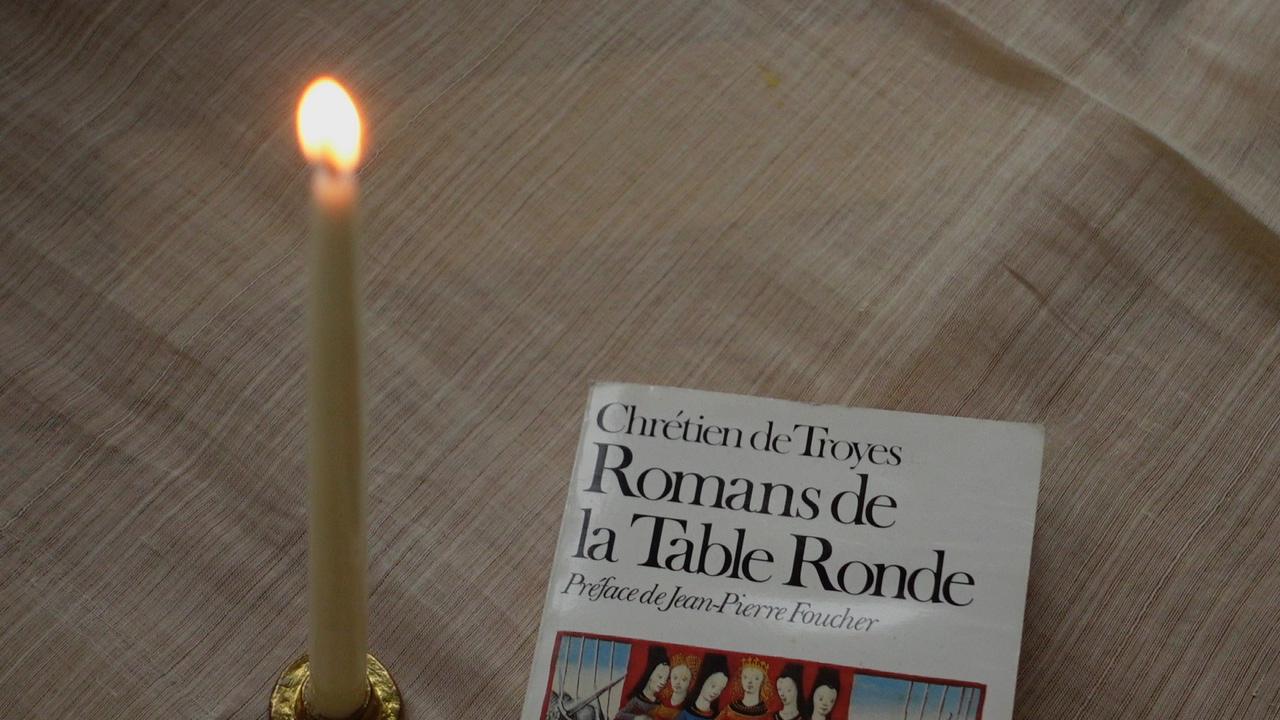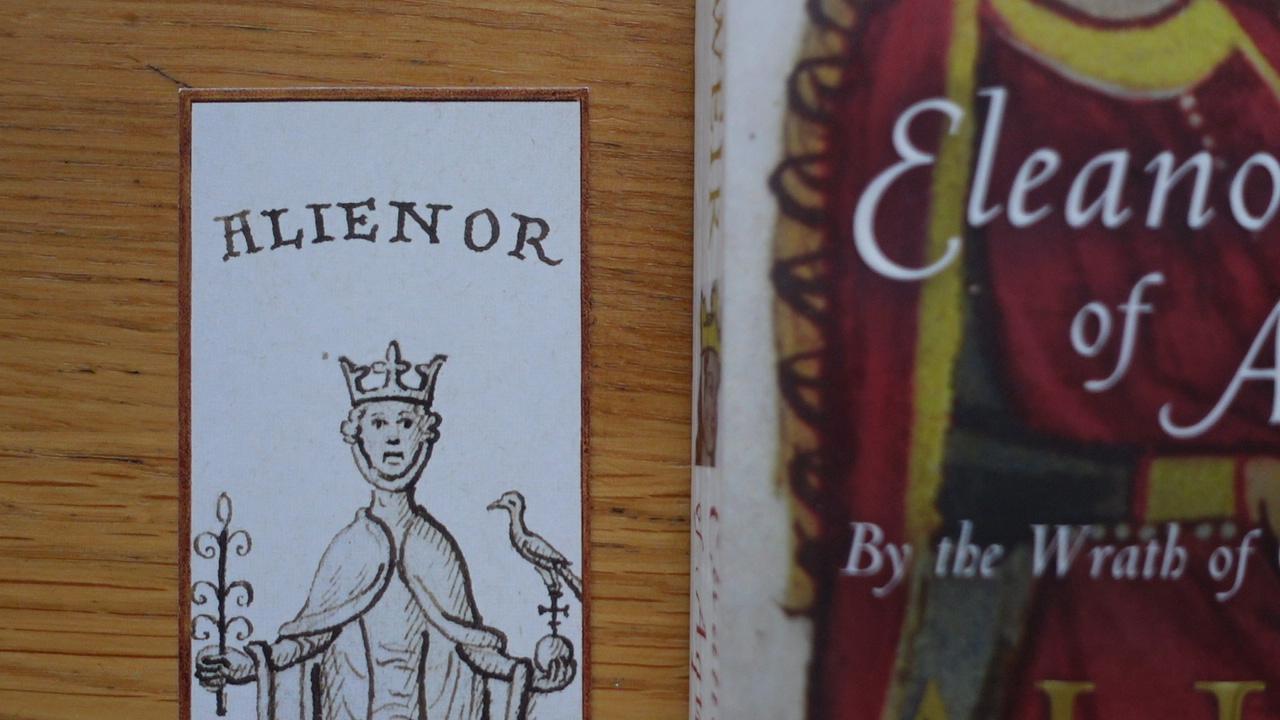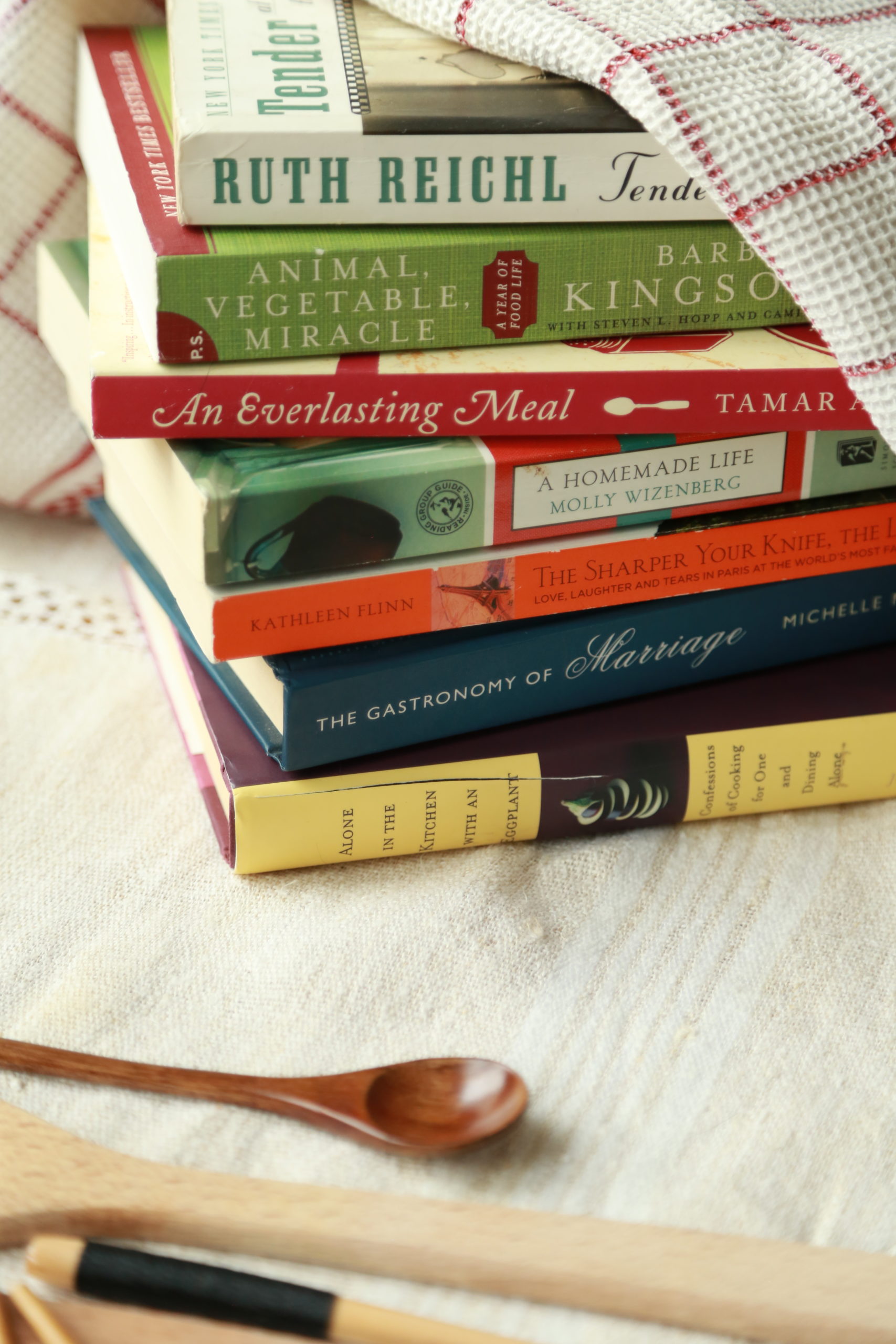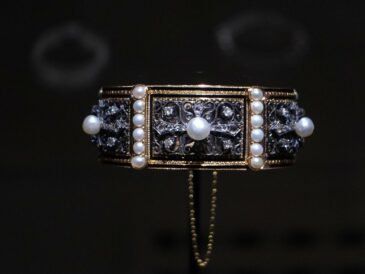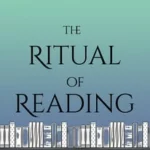Whenever I thought of the remote possibility of travelling to China, I always felt a strong attraction to the rural part of the country. Maybe I felt that the true Chinese wisdom was better preserved far from the urban turmoil of the great cities, where recent history is perhaps more visible and less attractive for me. So in my literary quest for the Chinese spirit, I searched for authentic storyscapes that could both transport me and challenge my imagination. And it so happens that I was guided on this path by two Nobel Prize Laureates for literature. Here are my impressions.
Gao Xingjian, Soul Mountain
My first contact with the universe of Gao Xingjian was in 2019, for his Call for a new Renaissance exhibition at the domain of Chaumont-sur-Loire. His Chinese ink paintings are said to explore a third path between figuration and abstraction: the world of his dreams. So it is through the graphic image of his imaginary world that I came to know the Chinese born and French naturalized Nobel Prize Laureate for Literature, Gao Xingjian, before I dove into his most personal and emblematic novel, Soul Mountain.
Loosely based on the author’s own journey into rural China, Soul Mountain is a collection of travel memoirs, poetic fragments, folk tales and philosophic reflections that create a dream-like bubble for the reader. Begun in 1982, shortly after the end of the Cultural Revolution, the novel is deeply linked to the tragedy of Chinese intellectuals during the communist revolution, and is poignantly described by Mabel Lee, translator of Gao Xingjiang’s works into English, as “a literary response to the devastation of the self”. Philosophy meets sociology in a middle ground reflected in his ecological beliefs :
“Young man, nature is not frightening, it’s people who are frightening! You just need to get to know nature and it will become friendly. This creature known as man is of course highly intelligent, he’s capable of manufacturing almost anything from rumours to test-tube babies and yet he destroys two to three species every day. This is the absurdity of man.”
― Gao Xingjian, Soul Mountain
For me, this is one of the most unique forms of fiction I have read so far, an experience that made me question my ability to comprehend a radically different culture than mine, who manifests so intimately through the imagination of an absolute artist. Just like a dance between writer and reader, I felt we were flowing in two different rhythms and I constantly had to adjust my pace, my expectations. In the end, my perception was transformed by these nameless characters, by their journey and their reflection on life. It was, so far, the most authentic imaginary incursion into Chinese culture that I have experienced, but certainly not the last.
Nobel Prize in Literature 2000 – Gao Xingjian
“for an œuvre of universal validity, bitter insights and linguistic ingenuity, which has opened new paths for the Chinese novel and drama”
The Ancient Practice of QiGong
One of my most frequent encounters with Chinese culture is through my QiGong practice. I first got interested in this ancient health method during my teens, however at the time I focused mainly on the principles of energy flow and becoming aware of it. Then quite unexpectedly, during the pandemic I stumbled upon the social media platform of British Chinese medicine practitioner, Katie Brindle. Her enthusiasm is contagious and the classes I discovered through her platform called Hay’ou Fit have never left my side for the past 5 years.
If you don’t really know what QiGong is really all about, then the image of Chinese people graciously moving in sync in the gentle morning light of a park might ring a bell. QiGong is the cousin of Tai Chi, they share many common moves yet their performance has different purposes. Tai Chi is a martial art, focused on balance and the exerted power of the movement, while QiGong is a medicinal practice meant to improve the flow of energy through the body.
The transformations I can attest to have been subtle yet constant. Even from the first week of practice I felt a most unique blend of calmness and enthusiasm. It’s like things were falling into place, my head felt clearer and my body somehow lighter. And after years of dreading physical activity, I was excited at the thought of my next class.
Today this is just one of my self-care practices, and while I don’t rely on it for any physical transformations, it is one of my most powerful tools for mind-body balance. I know that even a simple 20 minute practice in the evening can improve the quality of my sleep, increase my ability to focus on intellectual tasks, or simply give me that reassurance that stops me from overthinking. And while I know this might sound strange for some, I feel that practicing QiGong has made me a better reader. You know that feeling when all you’ve been dreaming of is getting comfy in your reading armchair or on the sofa, with a soft blanket, a nice cup of tea and your favourite book, and once you’re there, the mind starts ruminating on this and that instead of being present with your reading ? QiGong has helped my mind settle, and while my emotions are not constantly level, I’m not the picture of perfect equanimity, I do feel a lot more balanced. That’s Chinese wisdom out of the books and into real life.
I highly recommend you try one of the many free classes for beginners you can find on YouTube, HERE is one of Katie’s playlists with recordings of her free classes, I also recommend Lee Holden’s QiGong channel HERE and my favourite evening wind-down practices, the Shi Ba Shi in a soothing video by Vivien Chao HERE.
Pearl Buck, The Good Earth
My more recent discovery and a remarkable addition to my reading of the Nobel Prize laureates for Literature, is the American writer Pearl Buck. Her attachment to Chinese culture is what defines her as a writer and as a person. The daughter of Presbyterian missionaries in China, she describes her youth as being spent between “several worlds”, one a “small, white, clean Presbyterian world of my parents”, and the other the “big, loving merry not-too-clean Chinese world”. This is where her profound interest for the life of the Chinese people initiated a lifelong quest in describing and explaining to her Western entourage the values she admired in her adoptive country. Later in her life, she made the case against missionary work in China, stating that China did not need an institutional church dominated by missionaries who were too often ignorant of China and arrogant in their attempts to control it. It was 1934 and needless to say she became very unpopular in her native US.
Her most acclaimed novel is The Good Earth, published in 1931 and winner of the Pulitzer Prize in 1932. I read it in its French translation, called La Terre Chinoise. The story of a peasant family revolving around the central character of Wang Lung and his wife O-Lan, tells the greater history of social classes in pre-revolutionary China, touches on women’s status in the traditional Chinese family, as well as that of the elder and even the precarious rights of children in a world where emotional attachment had a price.
This isn’t an easy read, as you would expect from a Nobel laureate, yet its value is undeniable. I felt myself cringe at times, and wondered if I should go on. Her subtle yet powerful underlining of universal dilemmas are put into a radically unique perspective that made me better understand such a foreign culture to anything I have experienced myself. Hard labour, famine, slavery, exile and beggary, life-shattering experiences that transform a person, and can change their entire value system. She describes all of this with such mastery in storytelling, that you are simply incapable of stopping. Not since Gregory David Roberts’ Shantaram have I felt like this about a novel. A cornerstone in Chinese literary exploration, from an outsider who observed both with a loving eye and a sharp curiosity.
Nobel Prize in Literature 1938 – Pearl Buck
“for her rich and truly epic descriptions of peasant life in China and for her biographical masterpieces”
My tour of Chinese culture continues next week with more contemporary novels and some delicious food. In the meantime, be sure to have a listen to the podcast, each episode complements my impressions with the sound of true immersive reading.
Until next time, enjoy your reading and your rituals !
If you would like to support The Ritual of Reading, please consider purchasing your books from the Bookshop.org dedicated site by clicking the link below. You get to support local bookstores and I make a small commission with every purchase. Thank you !

